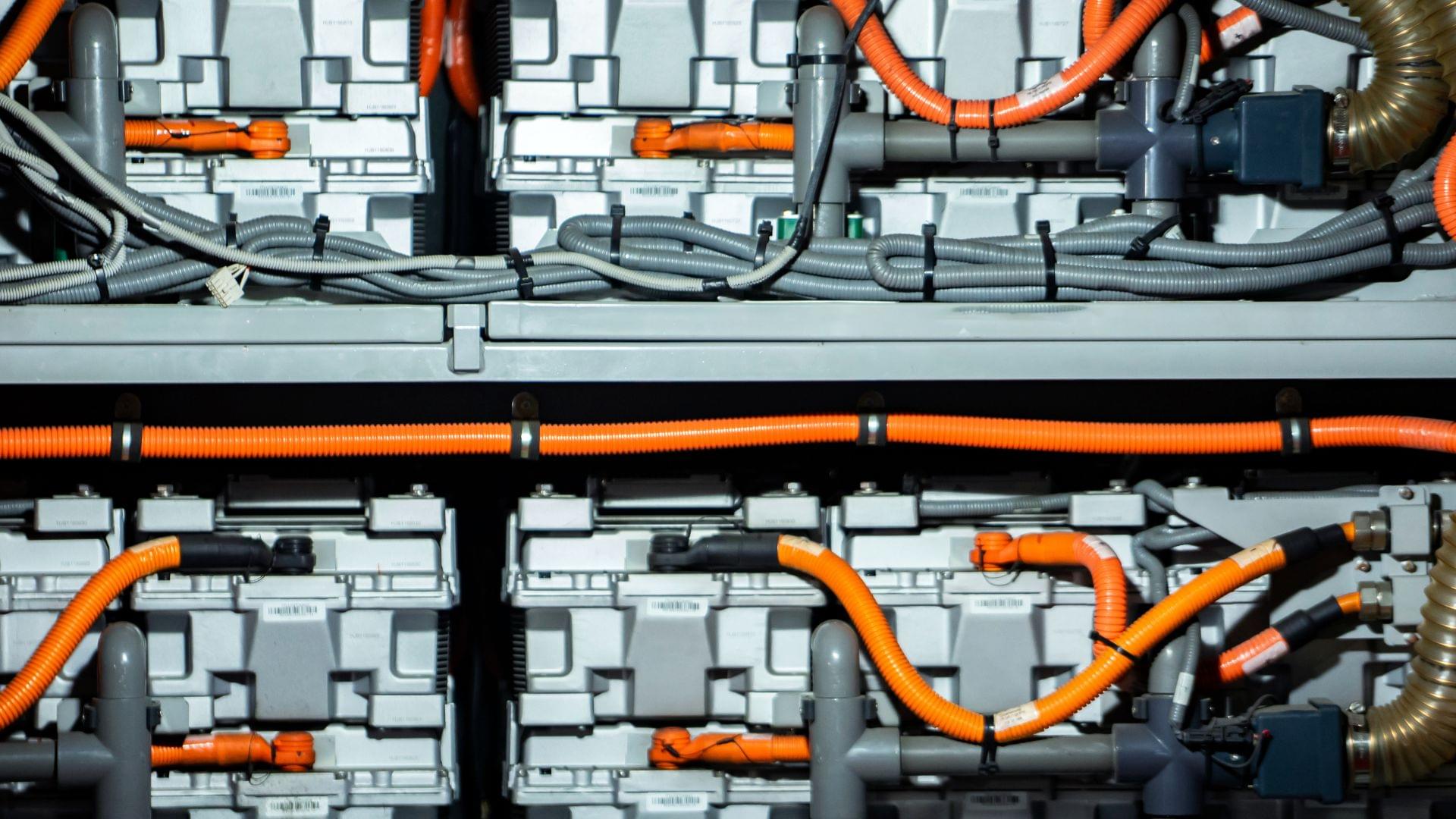“When we see a region on the sun with an extremely complex magnetic field, we can assume that there is a large amount of energy there that will have to be released as solar storms,” said Dr. Louise Harra.
How can astronomers observe and study the Sun’s activity in the most efficient way despite the Sun and Earth orbiting each other at different speeds? This is what a recent study published in Astronomy & Astrophysics hopes to address as a team of scientists investigated new methods for studying the Sun with the goal of better understanding its activity and how it influences Earth.
For the study, the researchers collected data from the Sun using NASA’s Solar Dynamics Observatory spacecraft and the European Space Agency’s Solar Orbiter, which orbits the Sun once every six months and is fixed on the nearside of the Sun towards Earth, respectively. The goal of the study was to observe the solar active region called NOAA 13,664, which is one of the most misunderstood and active regions observed over the last 20 years.
During the 94-day study period, lasting from April to June 2024, the researchers successfully observed a full cycle of activity from NOAA 13,664, including an initial 20-day buildup of energy, peaking approximately one month after initiation, followed by a wind-down period lasting approximately two months. These results could help scientists better understand the magnetic field activity of the Sun and predict future solar activity.









